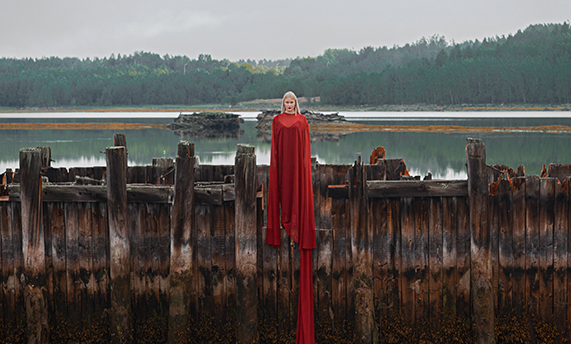
THE UMBA
Photographer: Ruslan Isinev @ruslan.isinev
Art director, stylist: Ekaterina Budanova @fashionkatya
Make up & hairstyle: Elizaveta Uchaeva @elizaveta_uchaeva
Location manager: Mikhail Kozhin
Producer: Alexey Nazarov @alexeynazarov_photo
Model: Diana Selikhova @_puma_51
Model agency: Quest Models @quest_models
Style assistants: Maria Durkina @marusha.d
Christina Yemelyanova @verecundx
Ekaterina Barchenkova @barchenkova_
Anna Korshunova @nutakorshunova
Alina Aznagulova @alinavpoiskahstilya
Wardrobe:
NASTYA NEKRASOVA DESIGN @nastyanekrasovadesign
Ruzalina Amirova @amra_rik
OR.Studio @or.brand
Rosbalet @rosbalet
Irony Studio @irony_studio
ZHARA @alinazhara
RED SEPTEMBER @redseptemberofficial
by NOB AGENCY @nobagency
LPN SKY @lpn_sky
Garin @garinhats
Legenda @nikolaylegenda
Yana Egrashina @yanaegrashina
Oldnew vintage @oldnew_moscow

Dress – stylist’s own; Jacket NASTYA NEKRASOVA DESIGN

Dress NASTYA NEKRASOVA DESIGN; Gloves & shoes stylist’s own; Blouse & skirt N. Legenda; Shoes Rosbalet

Dress & jacket N. Legenda; Shoes Rosbalet; Dress NASTYA NEKRASOVA DESIGN

Dress NASTYA NEKRASOVA DESIGN; Gloves LPN SKY; Earrings Irony Studio; Shoes stylist’s own; Dress & jacket N. Legenda; Shoes Rosbalet

Blouse & skirt N. Legenda; Pants & jacket & corset RED SEPTEMBER by NOB AGENCY; Earrings Irony Studio; Shoes stylist’s own

Dress OR.Studio; Coat ZHARA; Shoes stylist’s own; Blouse OR.Studio; Pants NASTYA NEKRASOVA DESIGN; Panama hat Garin; Scarf & stylist’s own
Jacket & shorts RED SEPTEMBER by NOB AGENCY; Shoes Balenciaga; Dress NASTYA NEKRASOVA DESIGN; Gloves LPN SKY; Earrings Irony Studio; Shoes stylist’s own

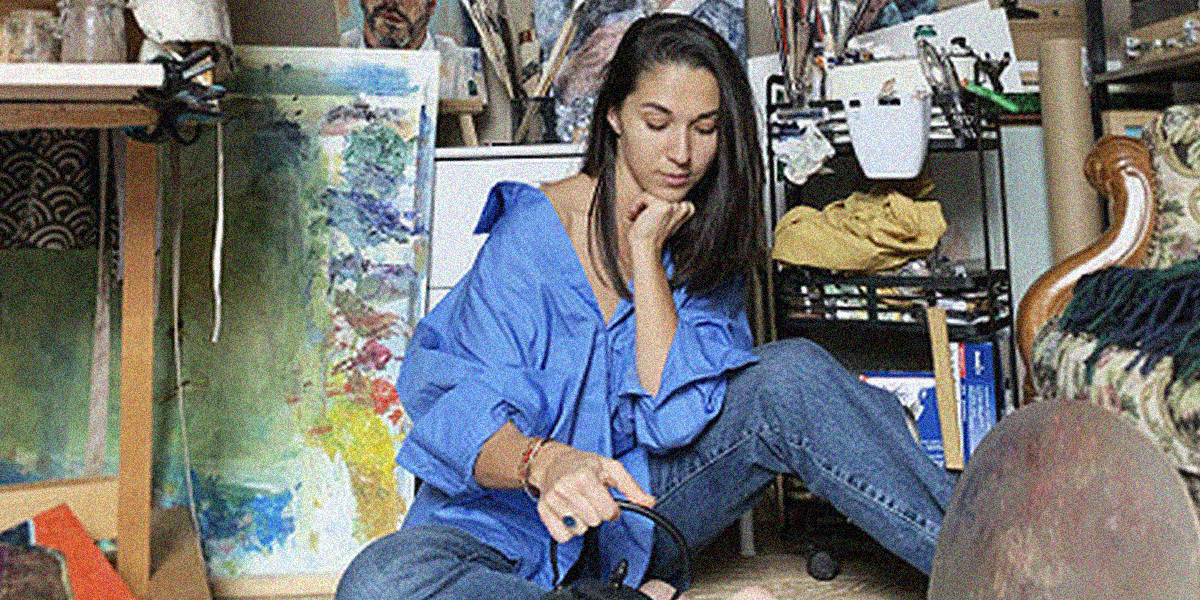
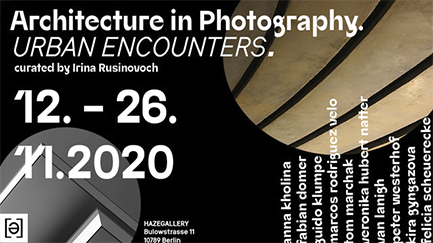
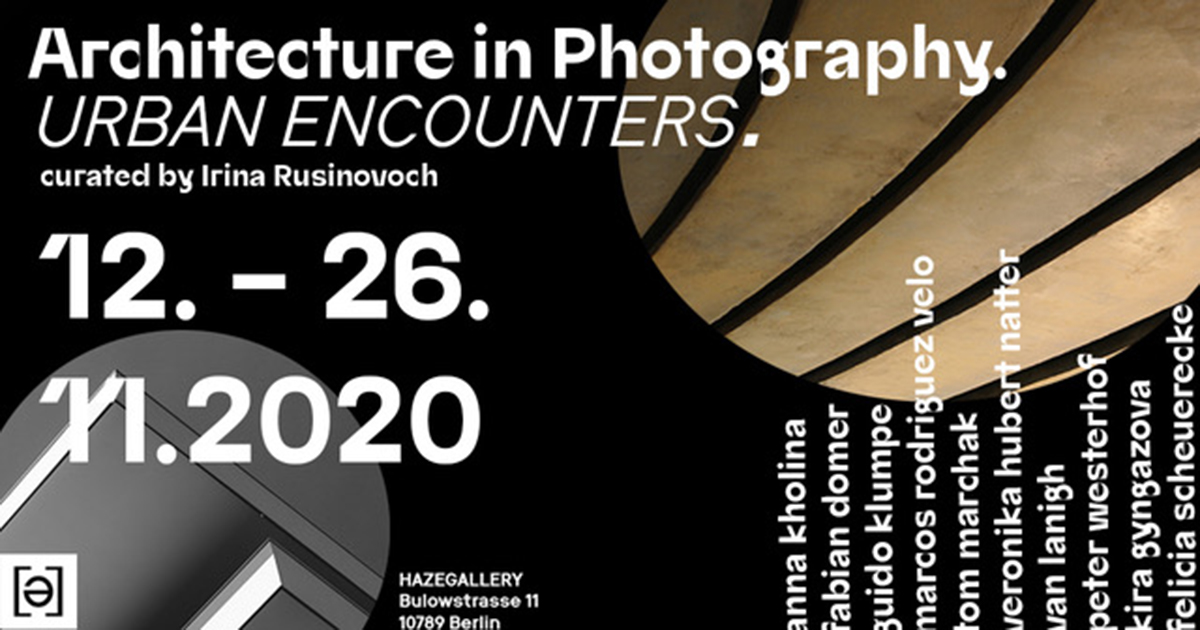
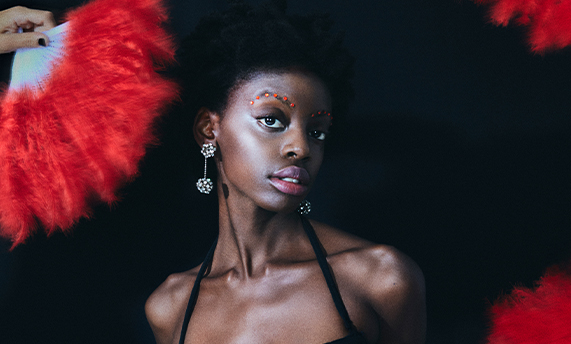






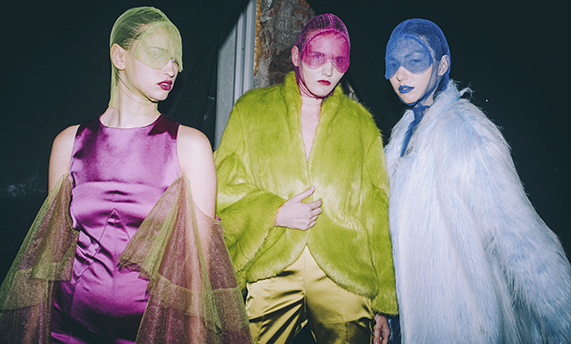

Neueste Kommentare